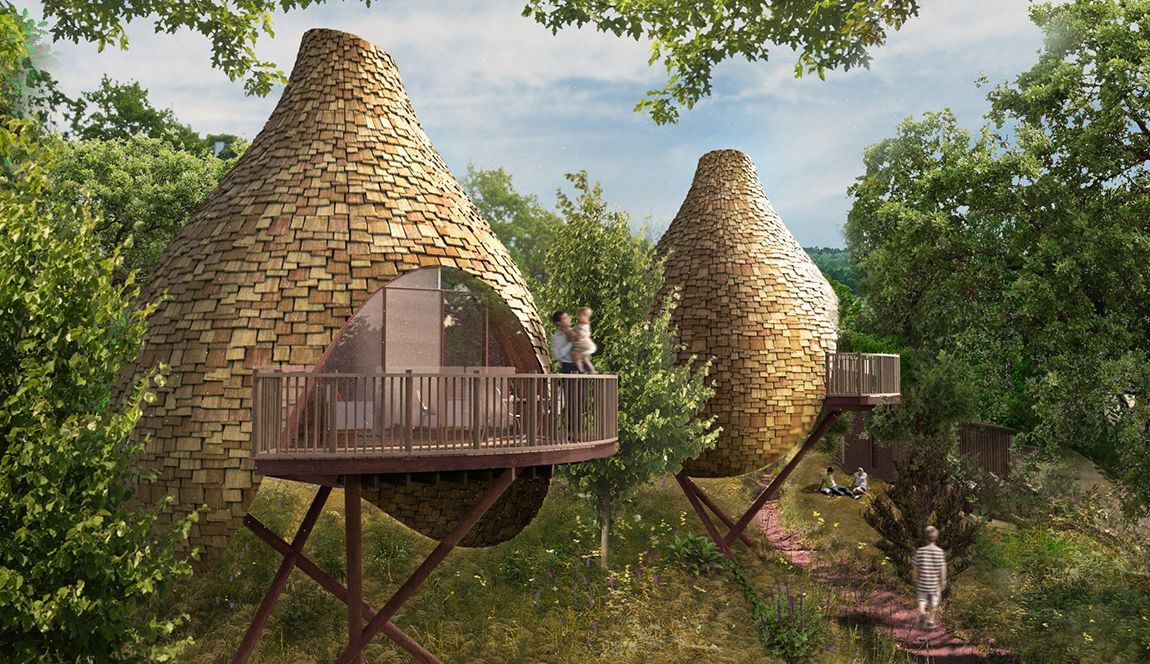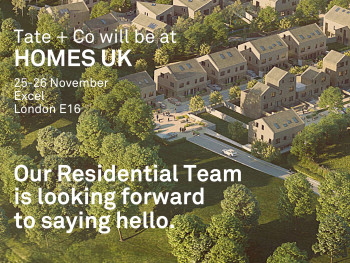We have been working for a number of clients recently who we broadly group as ‘Campus Clients’. These clients generally have a varied collection of buildings and structures across a wider site, often set in a mature and sensitive landscape setting. They range from independent schools, to hotels to leisure facilities and theme parks, and most of them have distinct operational requirements across their sites.
I have to admit to being absolutely fascinated by working with these clients. Quite often, at the early stages, whilst we may be discussing a specific building project with them, it becomes apparent that they are actually trying to address a shortcoming of the way their site is working in a much broader sense. This may be something functional such as circulation, something financial (ie they need a new source of income) or something aspirational. Listening, understanding, appreciating and integrating a way to address this can be an incredibly satisfying process.
At a very early stage in all of these projects we take a holistic approach and develop an overall masterplan with a ‘layered’ approach, to isolate, for example, pedestrian circulation or mature landscape features. Combined with a robust examination of the brief, this can transform the design process leading it in a fruitful but very different direction from that originally envisaged. For many of these ‘Campus Clients’ their sites have evolved in a piecemeal manner over a number of years, for completely valid reasons. Indeed many of them have inherited a physical infrastructure as an accident of the conception of their institution. A typical example is the country estate, including an original listed building, generously donated to an institution as a base at the start of their journey. After, say, seventy years the institution has grown out of all recognition but the physical infrastructure of the site has struggled to keep up and often some fundamental issues compromise the operational requirements of the site.
The other aspect we enjoy with campus-type projects is the need to work around existing restrictions on the site, often from a heritage or landscape nature. We have had to invent foundation solutions in the past to work around listed trees, or work out a detailed phasing strategy to keep an area open during construction, or work within strict visual impact restrictions. All of these are often great fun because of the wide range of experts you collaborate with to reach a successful outcome. I must confess to particularly enjoying working wth expert arboriculturalists, who are often surprisingly robust about construction in and around trees, and always have a wealth of fascinating information to hand about the fine detail between species.
If you can demonstrate to a Campus Client that you understand both the physical restrictions of their site and the ambition of their vision, you can find that they are incredibly loyal, and the majority of our repeat work comes from them. I grew up in a farm environment and I sometimes feel that you almost become the equivalent of a ‘vet for buildings’, advising, guiding and assisting across the whole site, whilst still completing the ‘core’ job of designing buildings.
Jerry Tate, Partner




